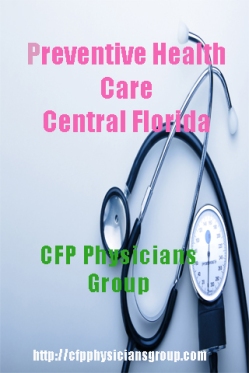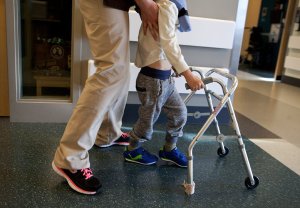Source : ktuu
By : Samantha Angaiak
Category : Preventive Health Care Central Florida , Health Care in Casselberry, Physicians Near Casselberry
 As Alaskans brace for the coldest months of the year, health officials are warning that the chillier conditions can spark a number of winter-related health issues.
As Alaskans brace for the coldest months of the year, health officials are warning that the chillier conditions can spark a number of winter-related health issues.
At the Allergy, Asthma & Immunology Center of Alaska, Dr. Jeffrey Demain, M.D. said he treats dozens of patients each winter for cold-induced urticaria, more commonly known as “hives.”
“You get hives either during the cold or upon re-warming and that’s time-limited,” Demain said. “It goes away in a minute, a few minutes or a few hours.”
The condition can vary in severity.
“It can be as mild as just some itchy hives on the skin or as severe as can’t breath and losing consciousness or even death,” Demain said.
To test for urticaria, Demain said the center runs a cold stimulation test by placing a cold instrument or ice cube on the skin for four minutes. If the patient has cold urticaria, a raised red bump or hive will appear on the patient’s skin a few minutes after the cold object is removed.
While the typical allergy season happens earlier in the year, some indoor allergens persist long after the pollen is gone.
“We close up our windows, we close up our doors and our loving pets, our dogs and our cats, the allergens are staying in,” Demain said. “They’re building up, dust mites which are in our bedding are building up and we’re not getting as much fresh air in.”
If you do experience environmental allergies, Demain said sometimes it’s necessary to get shots during all seasons. One Patient, Susan Buller said she’s been coming to the center for the past four years.
“I do have some environment inside household [allergies], dust mites,” Buller said. “They wanted me to get shots all throughout the year.”
Some allergens in your household come from uninvited guests like mice. While they may not be running through your kitchen, Demain said the problem could be underneath your floor.
“We assume 97 percent of homes have measurable rodent protein,” Demain said. “They’re looking for a warm dry place to live and when they urinate or defecate. Peptides, as they dry, become part of the air.”
That problem Demain said should be left up to professionals, but if you experience reactions to allergies or urticaria it’s best to leave those up to medical experts.
To prevent cold-induced urticaria, Demain suggests taking an antihistamine everyday and seeing a physician if the treatment doesn’t work. He also suggests that those prone to hives carry an epinephrine autoinjector pen or “EPI” pen.
The biggest word of advice Dr. Demain suggests is to dress for your surroundings.
(Read More : ktuu.com/news/news/2-your-health-protecting-against-allergies-during-the-winter-months/36624964)








